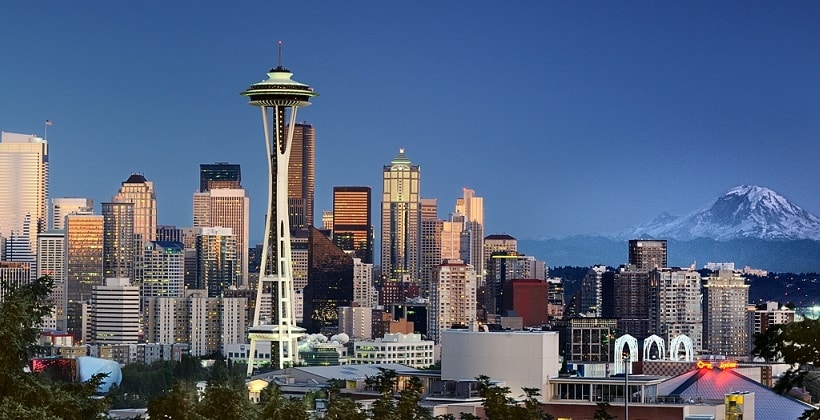
Seattle, Washington, is one of the fastest growing cities in the United States. It has added more than 90,000 jobs in the city center from 2010 to 2019, and is home to large companies like Amazon, Boeing and Microsoft. Even so, the number of trips in private single-occupancy vehicles has fallen and a majority of commuters prefer public transport.
When Washington State passed a law in 1991 that required cities or regions to develop Trip Reduction Ordinances, Seattle developed its Commute Trip Reduction ordinance. Today over 250 employers meet the applicability criteria, impacting up to 190,000 people.
Seattle is divided into eight regions, called networks. Each network had a measurable objective and preferred strategies to reduce single-occupancy vehicle trips.
In the city center, from 2010 to 2019, single-occupancy vehicle trips fell 9 percent while public transportation use rose 4 percent and telework more than doubled. Beyond that, participating organizations have invested almost US$100 million each year in encouraging the use of more sustainable transport modes. One of the main pillars of the policy is the subsidy to the public transport system provided by the organizations that comply with it.